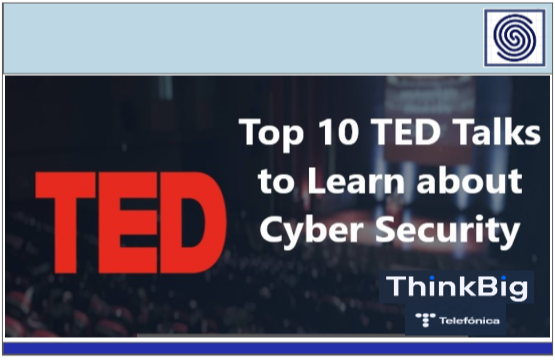Top 10 TED Talks to Learn about Cyber Security


The content you are trying to access is private only to member users of the site. You must have a free membership at CISO2CISO.COM to access this content. You can register for free.
Thank you.
The CISO2CISO Advisors Team.
No related posts.